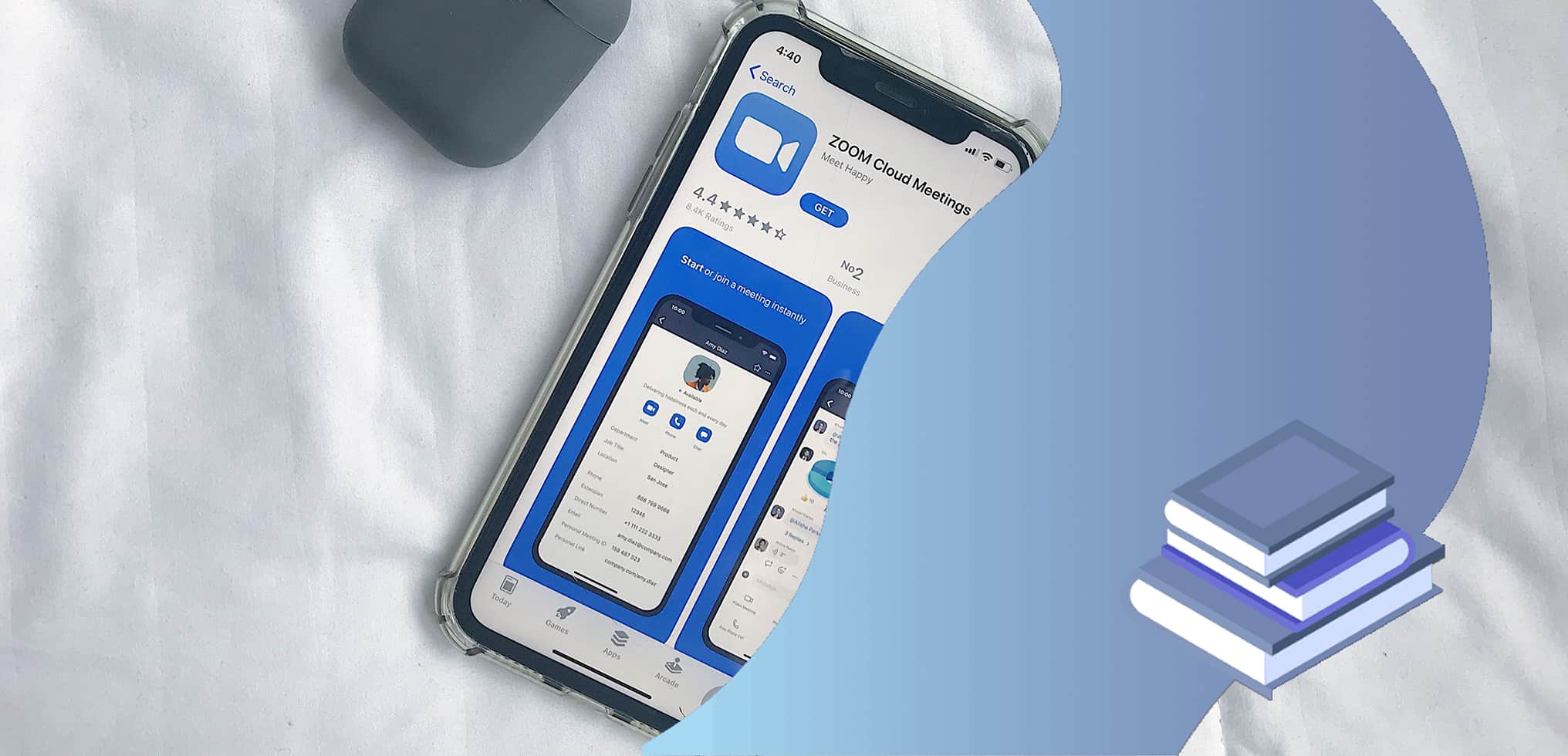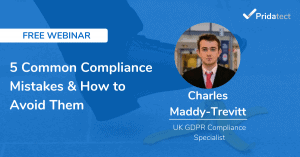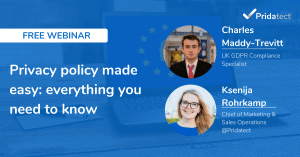In this article we’ll look into what a GDPR audit consists of, and most importantly, how to conduct a data protection audit, it’ll be short and sweet to make it as useful as possible, without the fluff. There will also be a GDPR audit checklist so you can quickly and easily get a head start on achieving compliance.
Pridatect software helps you complete a full analysis, customized to the specific needs of your company, helping you to avoid risks and achieve compliance, you can request a demo to see how easily it can be done here on our data protection audit software page.
What is a GDPR audit?
The GDPR audit is an instrument through which the personal data processing managed by the company is evaluated, who the controllers are, and for what purpose is the data collected, put simply, you document what personal data your business holds and how you use it.
Why perform a GDPR audit?
A GDPR audit is performed to assess whether or not the company is complying with legislation. Other key reasons to do this are that you will:
a) Identify data protection risks
b) Be able to mitigate these risks, before they cause big problems.
Once the data protection audit has been conducted,
Among these measures, it will be explained which faults occur and which improvements can be implemented. Also, you will be informed about how to prepare your workers in the field of data protection or if there is a requirement to appoint a data protection officer.
Sanctions
Sanctions may occur when the data processing does not comply with the European Data Protection Regulation or any personal data leakage is detected, among other reasons.
Fines can be up to 20 million euros, or 4% of the company’s global turnover. Data protection audits assist in identifying risks to data and in putting proactive measures in place, so you can take steps towards achieving compliance.
How to Conduct a GDPR Audit/ Data Protection Audit: Checklist
- What type of personal data do you hold?
- What’s the reason for keeping this data?
- How was the data collected?
- How is the data stored?
- What do you do with this data?
- Are you a data controller or processor?
- How long do you keep data for?
- What actions need to be taken to achieve compliance?
It can feel overwhelming, there’s a lot to consider when conducting a data privacy audit, and it has to be done right or you could be working without making any headway in your efforts to achieve compliance.
The Pridatect data protection audit can help with this by helping you to perform a complete analysis of the data you work with and determine how it needs to be treated.
In addition you also have access to our team of legal experts, meaning that you’re floundering, wasting time and resources, and instead have expert hands guiding you along the path to compliance.
What to do After Conducting a Data Protection Audit
Simply conducting a data protection audit isn’t the end of the process, it’s a great step to identify possible risks to data, but you then need to examine what you’ve gleaned from the analysis, it’s vital that you review and amend your policies and procedures.
This also leads onto the next necessary activity, carrying out data privacy impact assessments (DPIA) for that you would need DPIA software due to the nature of the work required in terms of risks, but also how to mitigate these risks.










